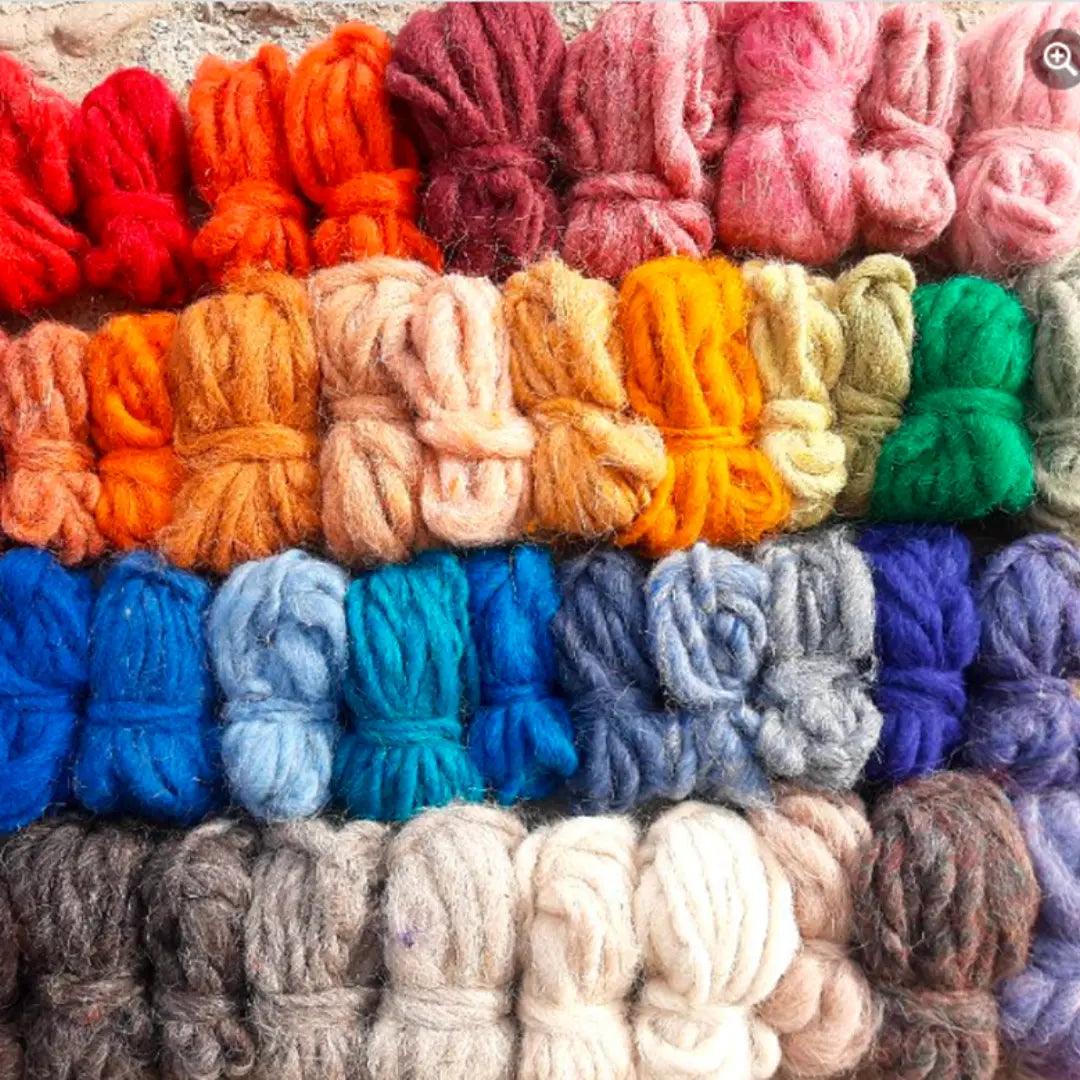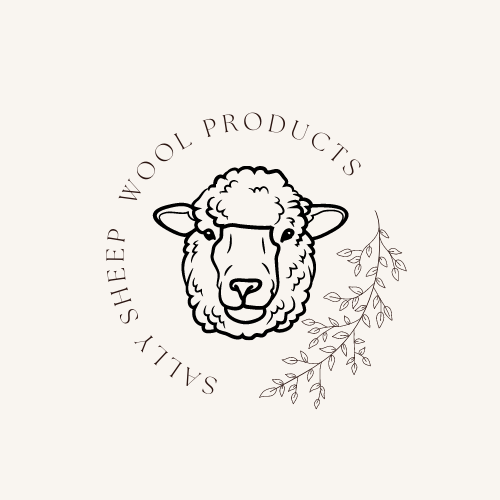
wool thread, wool yarn, wool magic...
Stages of production of handmade wool thread from sheep wool
It all starts with a thread.. or a sheep?
Here I want to tell in more detail how we make threads from which we weave all our products.
- These are our friendly and rich in long silky fleece merino
· Creating handmade wool thread from sheep wool is a fascinating and traditional process. It involves several meticulous stages, blending craftsmanship with patience. Here's an outline of the process:
· Shearing: The wool production journey begins with shearing, where the fleece is carefully removed from the sheep using shears. This is typically done once a year to ensure the sheep stay comfortable and healthy.
· Sorting and Cleaning: The fleece is sorted to separate the best quality wool from lower grades. It is then washed (a process called scouring) to remove dirt, grease (lanolin), and plant material.
· Carding: After cleaning, the wool is carded using hand carders or a carding machine. This process untangles the wool fibers, aligns them, and removes any remaining impurities, resulting in a fluffy, smooth mass called a roving.
· Spinning: The roving is then spun into yarn. This can be done by hand using a spindle or with a spinning wheel. The spinning process twists the wool fibers together to create strong, continuous thread.


· Plying (optional): To make thicker or more durable yarn, multiple spun threads can be twisted together in a process known as plying.
· Finishing: The yarn is washed again to set the twist and remove any final traces of dirt or grease. Once dried, the yarn is ready to be used in knitting, weaving, or other crafts.
· This traditional process is time-intensive but incredibly rewarding, connecting you to centuries of wool-working heritage. Have you tried any of these steps, or are you interested in learning more about any particular stage?
Let customers speak for us
from 61 reviewsI love Sally Sheep products. Their slippers are so warm and comfy, plus they wash really well. The socks look cute, cuddly and are delightfully warm. I will be back for more and wouldn't fail to recommend them to anyone.

I ordered the boot-like slippers. I am wearing them without socks, as advised by Sally Sheep, and my feet are warm and comfortable without overheating. The fit is perfect as well, thanks to the detailed guidance in the order form. I highly recommend them!

I cannot recommend Sally Sheep enough. Not only are their products of an exceptional quality, but the service is second to none. I love their slippers, the socks are so snuggly and warm. Just what we all need in the cold winter months.
I will definitely be ordering from them again.

My new slippers and socks are just wonderful! They envelope my tootsies keeping them warm and toasty. I love the natural colours and materials used.

My new slippers and socks are just wonderful! They envelope my tootsies keeping them warm and toasty. I love the natural colours and materials used.

I have resisted the demand from my husband to wear slippers for years. That is until I came across these beauties!
They're so warm, cosy and comfortable, yet stylish and cute. I love them.

Arrived later than you had anticipated - HMcustoms to thank for that. Slippers very comfortable from the offset....feeling best worn without a sock.
Socks for me great. V warm. Socks for gifts perfect.
Thank you.

I've previously bought slippers and mittens from SallySheep.com and was so thrilled by the warmth and the quality of the work that I offered myself a blanket for Christmas and - I think! - for life. I don't have words for how great, warm and stylish it is. Sally Sheep rules! :)

I didnt vote to leave the eu, i had to pay £18 import tax. These socks are amazing people should buy more clothes made from wool.

Absolutely what socks should be - warm, thick, and pleasing to look at. Also, supporting our fellow friends in the Ukraine. Would buy again.

Bought two pairs of these super gorgeous proper socks. Love the hand knittedness. Happy to support the collective.



